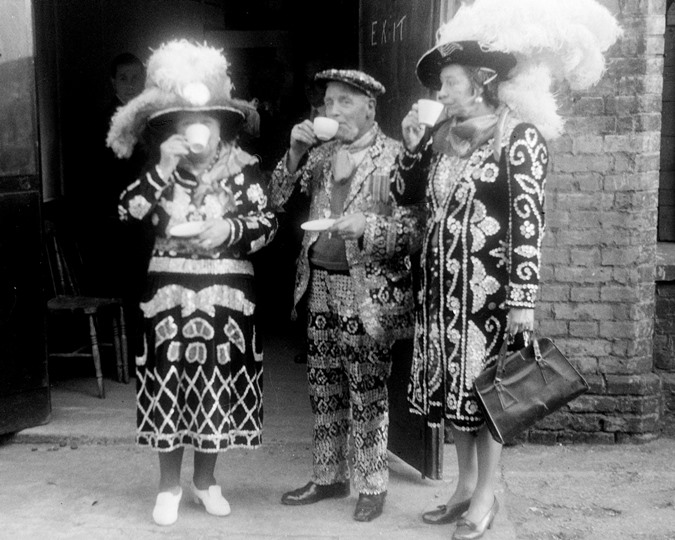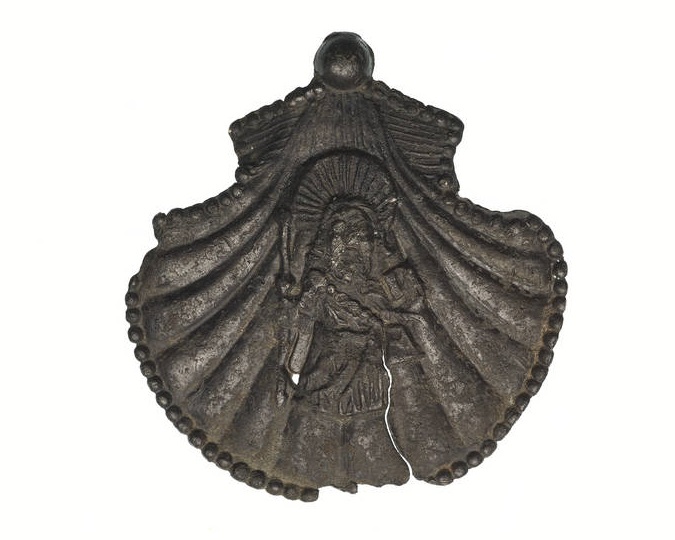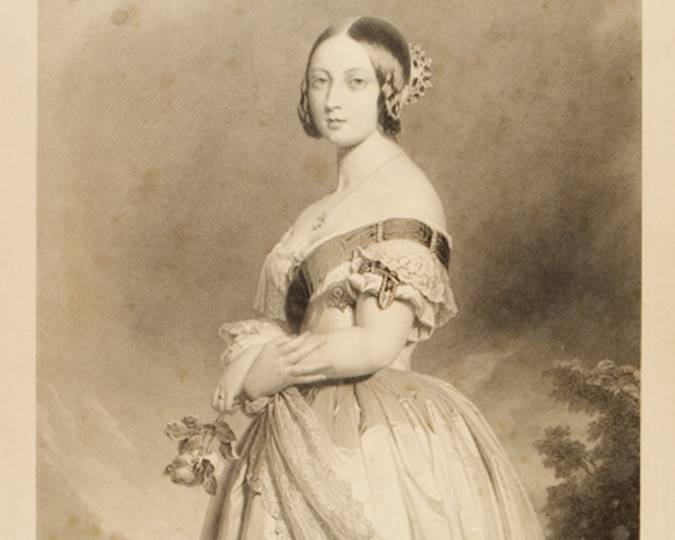Black Caribbean fashion in London has evolved and developed over time but has never lost its deep roots in the immigration culture of moving from one place to another, fitting in while standing out but without forfeiting one’s identity. Whether one is a first-, second- or third-generation immigrant, the influence of ancestry and upbringing rings true through everyday style choices.
My grandparents migrated from Saint Lucia to London in the late 1950s, when migration from the Caribbean was at its peak. They often reminisce their arrival, describing how cold and grey it was in comparison to the lush, tropical countryside of their family home. The ‘Going to Britain?’ pamphlets published by the BBC Caribbean service in 1959 shared writings of Caribbean men already living in Britain. They advised those intending to travel to England on the type of clothing to wear due to the colder climate. However, many still arrived “Dressed in an odd assortment of clothes, many wearing ties of dazzling designs”, as the Thurrock Gazette reportedly documented the arrival of Empire Windrush on 22 June 1948. Although met with the harsh weather and even harsher attitude of some of the locals, my grandparents and all the other migrating Caribbeans were hopeful. This was a chance to start a new life, rebuild their ‘Mother Country’ after World War II, and create better opportunities for their future generations.

Smart dressed Caribbeans arriving and waiting at London’s Waterloo Station in 1962. Photograph by Howard Grey. (Courtesy: Studioplace/ Howard Grey/ Wikimedia Commons)
Migrating from the Caribbean
As a Caribbean immigrant in London during the late 1940s–70s, your body was constantly under the ‘white man’s gaze’ — scrutinised, judged and, sometimes, attacked. To counteract this and survive, the Caribbeans dressed smart and always tried to look their best. This would help gain respectability, potentially avoid racist attacks or even determine one’s success in a job interview. In 1962, the now famous Howard Grey, then a young photographer, jumped at the opportunity to photograph the last batch of West Indians arriving on a train from Southampton to London Waterloo station. He expected to be met by a ‘rowdy’ crowd of people, but was taken aback by the calm and gentle people wearing their ‘Sunday best’.
In her TEDx Talk ‘Disobedient dress: Fashion as Everyday Activism’, art historian and designer Christine Checinska speaks about the psychology behind certain Caribbean style choices. She explains that Caribbean migrants were “well dressed as a way of showing respect for ourselves and to others” and this was taught or passed down to their children and subsequent family members living in the UK. It was normal to be dressed up (often overdressed) because of this.
Growing up, my granny would tell me that my hair was my crown and so I should look after it and keep it ‘neat’; that my body was a temple and so I should respect it with my clothing choices and behaviour. I would come up against discrimination in my life as a Black woman, but the way that I would be treated and perceived by the world also hinged on the way that I presented myself, not just in my clothing but attitude and speech. In the Listening to London project, community researchers listened to the oral history collection to draw out stories from the ‘Windrush Conversations’, making connections between stories of the past and their own present-day experiences. In one of the recordings, two sisters reflect on their own upbringing in a Caribbean household, how they were taught to always speak in “the Queens English’, because one had to present oneself in the best way possible.
The interviewees talk about the British ideologies of the Windrush era, how a person's identity should be and how they should present themselves.
Interviewee 1: We are not Windrush children in the sense that we didn’t come over, we were born in England but our mother and father came over from the island of Montserrat in the Carribean. Our mum came to this country when she was 18, she carried my six month old brother and our experience is really about the culture she brought with her and our experiences growing up in England at a time where migration was new, for instance when we went to school we were in a minority at school and as much as we were born in England there were clear divisions in school between those with Carribean parents and those of us who were born in England - the indigenous population. Things that I remember are all the stories mummy told us before she actually arrived in England and feeling cold
Interviewee 2: Yea, the smog, the coldness, the darkness, the smog from the factories, running for the bus, such memories that we don’t necessarily share with our generation of children now, but when we look back we still share the stories of our mother.
Interviewee 1: Yea, our mum has been really good at sharing with her grandchildren what her experiences were, so one of the stories she told is that my father had come here first and he sent for her to come, and when she arrived he took her in to get a job, and he was in the interview room with her and the boss was asking him the questions instead of my mum, until eventually my mum turned round and looks at my father and said ‘why is he asking you the questions?’ and then the boss responded something like ‘bloody hell she speaks better than I do!’ and it just makes me laugh, because even now we were brought up to speak a particular way.
Interviewee 2: Yea, very clear, very precise, no lingo!
Interviewee 1: Definitely the queen’s english, and we were told we would not be looked on well if we didn’t speak well. And now that I’m older, I’m often in the workplace and people do sometimes laugh at my accent and say ‘oh, she’s trying to talk posh’ - but when I was growing up people spoke the queen’s English, and we grew up in Islington, but we weren’t allowed to speak Cockney at home, we spoke standard English, because it was deemed that if you’re in another country you have to present yourself in the best way possible.
Fashion with a purpose
Creative writer and lecturer Omolara Obanishola, in her dissertation ‘To Style a Life for Oneself: Fashion Identities within the Lover’s Rock Reggae Scene’, explores how clothing has always played an important role within the Caribbean community. She talks about crocodile skin shoes, which continued to be significant throughout the 1970s–80s, worn by both men and women. These were worn daily as well as ‘in the dance’. Such shoes may have been popular due to the luxury connotations around exotic animal skin. Wearing a pair of seemingly high-end shoes would increase one’s status amongst peers and beyond. Funds were limited among many British Caribbeans, as they often worked in lower-paid employment. Blakey’s/segs (protective metal covering over the toes and heels) became popular as not only a fashion statement (they gave footwear an extra edge and amplified the sound of walking so that you would be noticed), but also to extend the life of the shoes.
Obanishola’s research also highlighted a transition between going out on a Saturday night, and being able to attend church on Sunday morning without changing. “The best thing about the casual style was I could wear this to church on Sunday... Getting out of the house was one problem... your friends calling was another so if I could stay out and not have to change, even better," said an interviewee. Women often wore conservative layers of a blouse/shirt/roll-neck long sleeve top with a long skirt, smart trousers and blazer or cardigan, while men wore smart suits, smart pair of trousers paired with a roll neck top and a chunky knitted jumper/blazer. The fashion was somewhat interchangeable between genders. Jacqueline Durran, the costume designer for Steve McQueen’s 2020 film Lovers Rock, thinks it's brilliant that the Lover’s Rock style of dressing has not been appropriated in the same way as the fashion of other Caribbean-derived music scenes. Designer Grace Wales Bonner brought this style of dressing to the forefront of contemporary fashion after taking inspiration from the 1977 series of photographs by John Goto, naming her AW20 collection “Lover’s Rock” after it. Lover’s Rock is a distinctive genre of music formed by both Caribbean immigrants in London and first-generation British Caribbeans in the mid-1970s.

A screenshot of designer Wales Bonner's AW 2020 collection called Lover's Rock. (Courtesy: Wales Bonner website)
The second-generation Caribbean style of the 1970s–80s showed that at the same time as being rebellious in staying out late, dancing really close with others at parties and going against the ideological ‘Britishness’ there was the pride of embracing both parts of Black British identity. Forging a new path of someone living in between two cultures and not shying away from their Caribbean heritage.

Lazare Sylvestre emigrated from Saint Lucia to London in 1958. Photographed here, smartly dresses and wearing a felt trilby hat. (Courtesy: Tihara Smith)
Another popular piece of clothing worn by Caribbean migrants was the felt ‘trilby’ or ‘fedora’ hat. Trilbys had been imported from England into the Caribbean in earlier years. It was said to be one of the most packed items by men of the ‘Windrush Generation’ as they only brought essential items with them to start their new life. Many carrying a small suitcase — called a ‘grip’ or rucksack — thinking that they would only be in Britain for a few years and then return home. For women the story was similar; they were often seen in tropical printed blouses, one of the items that they had packed from their past lives in the tropics not necessarily suited for England’s colder climates but a reminder of where they came from and who they are.
Trilby or fedora hats were often worn by Caribbean men paired with The ‘Zoot Suit’ consisting of high-waisted, wide-legged trousers and a long blazer. The suits were influenced by the style of 1940s African-American Jazz musicians, vastly popular among the Caribbean communities at the time.
Rebellious style
Style has evolved over time with the wave of second and third generation Caribbean Londoners choosing more relaxed attire, moving towards casual wear. For example, streetwear once seen as rebel clothing only worn by punks and gang members has risen in popularity over the years but, even within streetwear, there is the focus on dressing well often described as looking “clean” and “fresh”. In the use of this language to describe being well dressed, Black people are shunning the colonial theories and language of them being dirty, barbaric and primitive.

Many young people embraced their natural hairstyle during the Black power movement of the 1970s. Photograpg by Henry Grant, 1970. (ID no. HG2652/12)
Rebellious style choices of the youth that embrace their dual heritage of being both Caribbean and Londoners is not a new phenomenon. During the late 1960s and 1970s, afro hairstyles weren’t only worn as a fashion statement but also as a form of political and social resistance — rejecting white European standards of beauty and the other constraints of being Black in Britain.
Over time, fashion signatures — much like elsewhere — has also changed within London’s Caribbean community. Young designers such as Tihara Smith are attempting to infuse elements of Windrush Fashion, sharing the story of her grandparents through clothes. Today’s fashion within the community still carries the history of the past style choices of “dressing well” and can be rooted in the immigrant culture of endeavouring to gain respect to be taken seriously as well as adopting individual flair mixed in with elements from their heritage. Fitting into London’s society at the same time as standing out!















